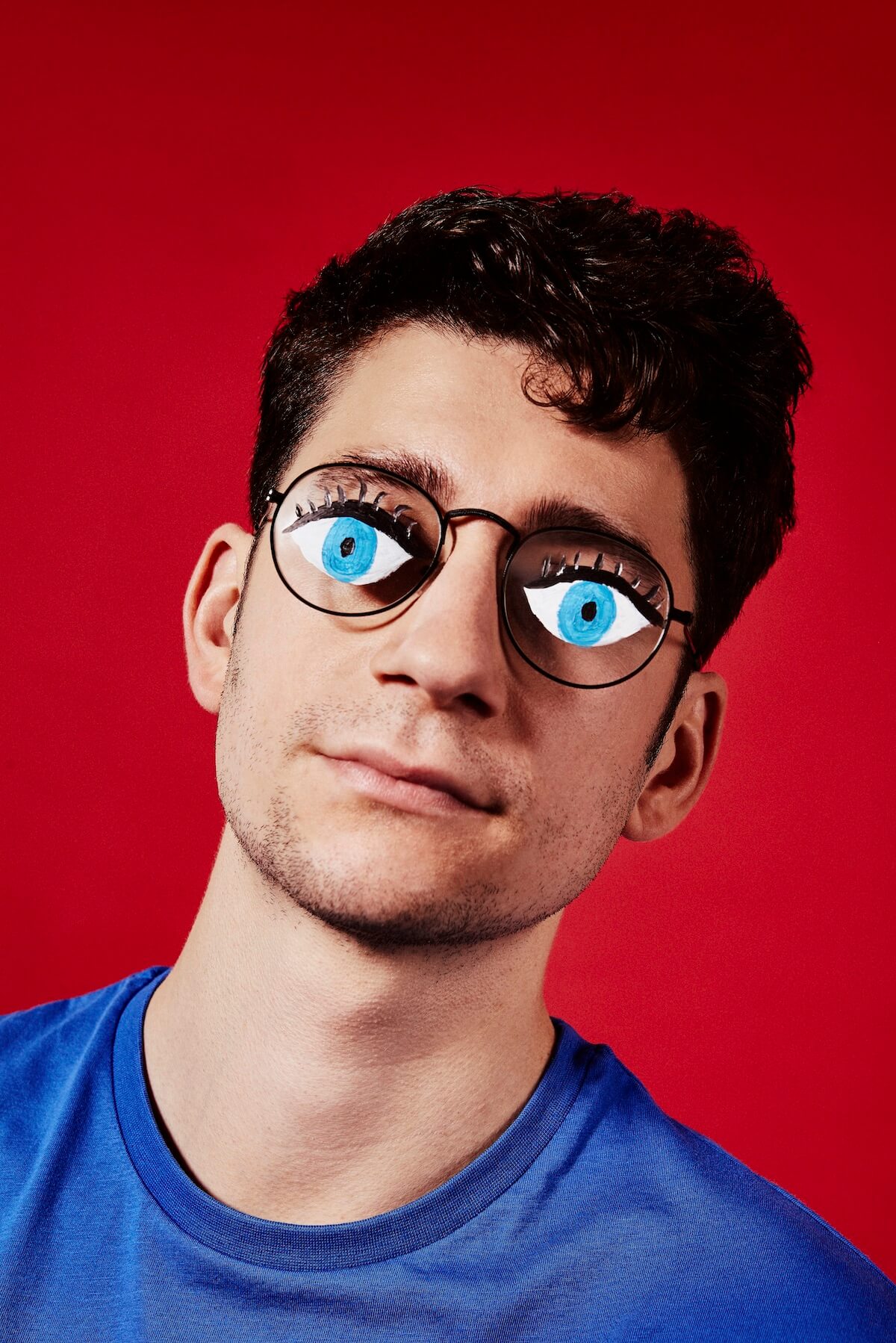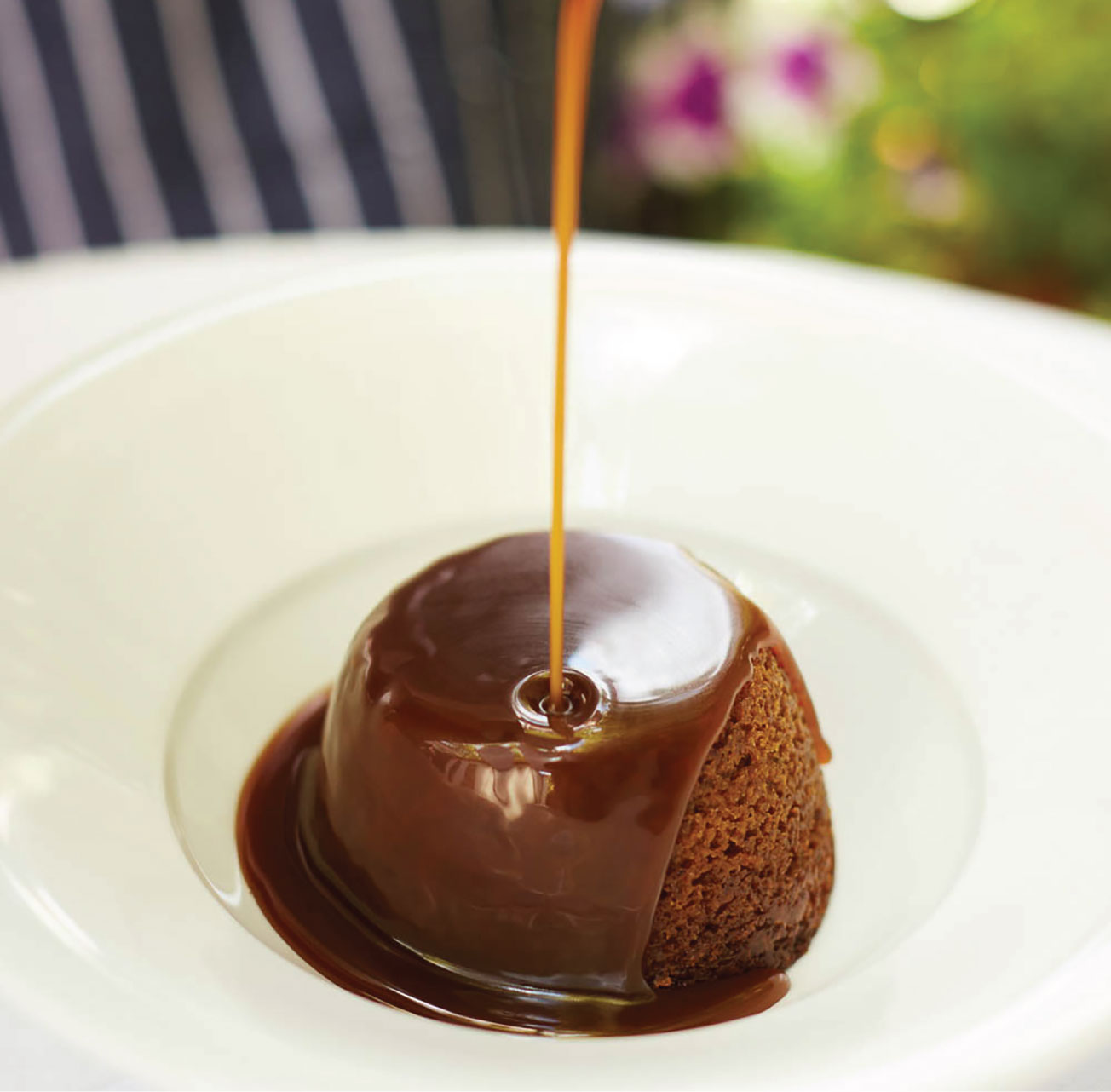Why is food photography so hot right now?
In collaboration with professional food photographer Joe Sarah, we set out to learn more about the DNA of food photography as an essential part of the food industry.
What we found was more than angles and lighting — food photography has become an entire movement and form of expression. The rise of Instagram has brought a flood of foodie-wannabes looking for the perfect shot. And for those working in the food industry, the trend isn’t going anywhere.
You don’t need to look far to see how ubiquitous food photography has become. At time of writing, there were nearly 250 million posts with #food on Instagram (not to mention other posts under #foodporn, #foodie and #hungry). In the UK, it’s estimated that over 130,000 pictures of food are shared every day.





